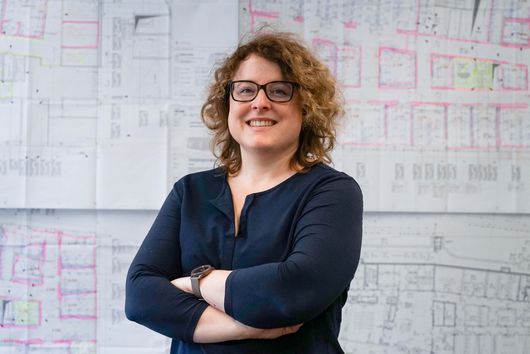
On the lookout for patterns
Lars Barquist and the art of interpreting complex data
Research at the HIRI generates massive data sets related to pathogens and their interactions with the human body. But, due to their complexity, the interpretation of these data poses a major challenge. This is where Lars Barquist and his team come into play. The bioinformaticians develop new methods for data analysis and visualization based on computational approaches, such as machine learning. Here, algorithms build models that recognize patterns and regularities in the data.
“Which genetic changes result in pathogens that cause life-threatening diseases rather than relatively harmless infections? That’s what we want to find out.”
Lars Barquist
Such types of analyses result in classifications of pathogens that allow researchers to recognize early on whether new germs will trigger dangerous infections. “In that way, we can find out which genetic changes result in pathogens that cause life-threatening diseases rather than relatively harmless infections. This knowledge will help in designing more effective treatments in the future”, explains Barquist.
The diversity of Barquist's team reveals the range of expertise and knowledge that the scientists apply in their work. The group includes seven researchers from very different research backgrounds, reaching from theoretical particle physics to astronomy; of course, biologists are part of the mix as well. Together with other HIRI research groups, the team works tirelessly on the development of digital methods of infection control.






